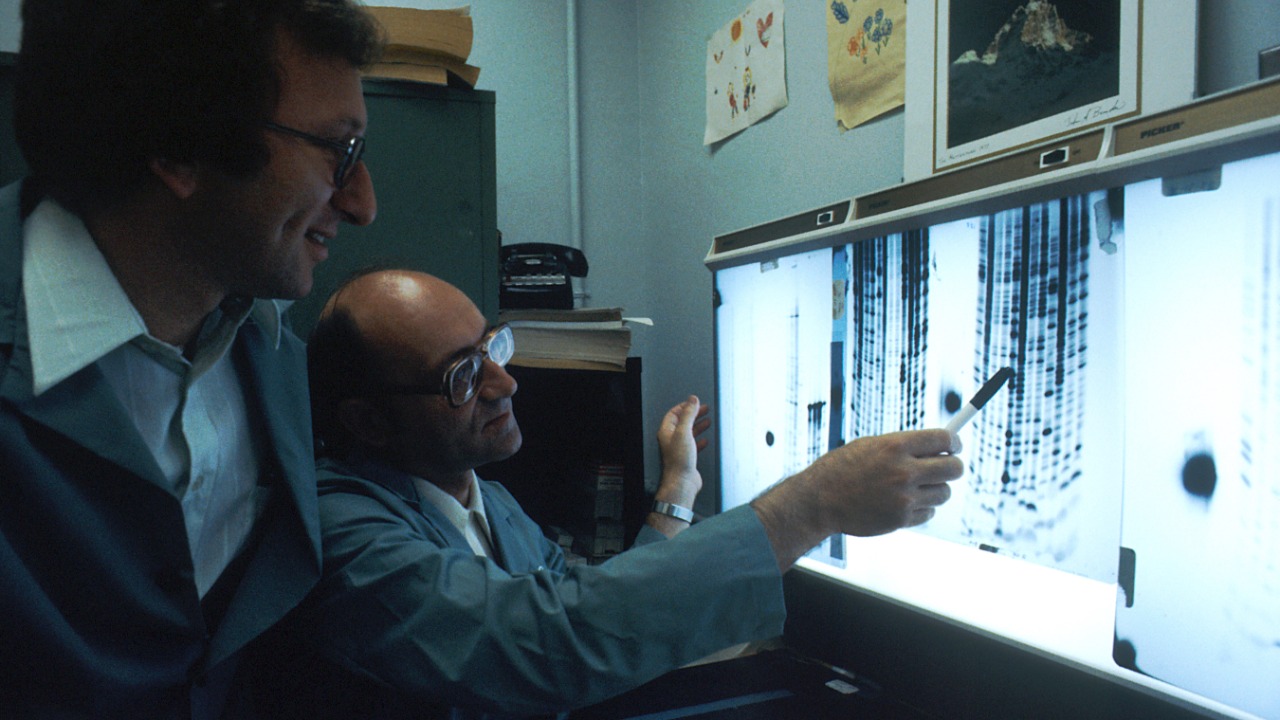
Jamestown, the first permanent English settlement in the Americas, is back in the spotlight as recent DNA findings unravel historical mysteries dating back 400 years. This groundbreaking research, sourced from ancient remains, has not only challenged traditional narratives but also sparked a renewed investigation into the lives of the colony’s earliest settlers.
The Historical Significance of Jamestown

Founded in 1607, Jamestown holds a pivotal place in American history as the first enduring English settlement in the New World. This small colony, situated in present-day Virginia, served as a foothold for English expansion in the Americas. Despite its initial struggles, including harsh winters, famine, and conflicts with indigenous populations, Jamestown eventually became a symbol of perseverance and adaptation.
The colony’s establishment marked the beginning of English influence in North America, impacting indigenous populations significantly. Native tribes, such as the Powhatan Confederacy, encountered new challenges as European settlers expanded their territory. Jamestown’s legacy is not merely one of survival but also a testament to the complex interactions between European settlers and indigenous peoples, shaping the cultural and historical landscape of the United States.
Uncovering the DNA Evidence
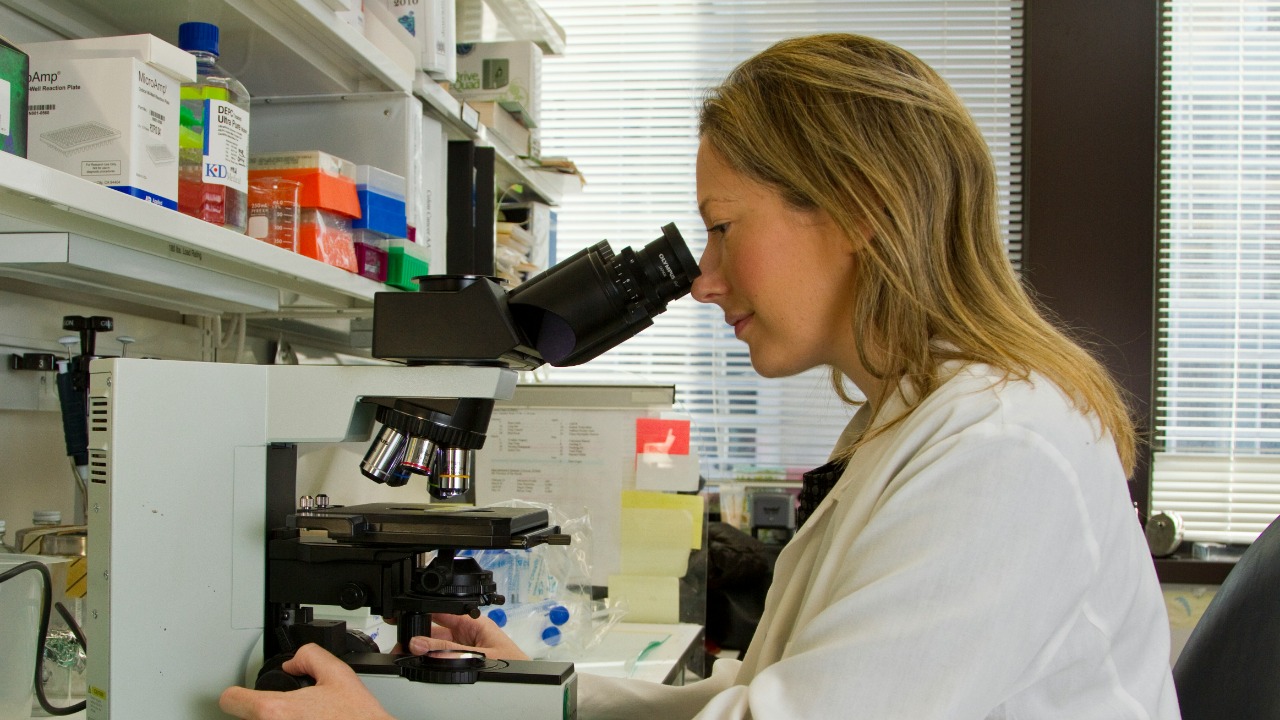
The retrieval of DNA from ancient remains at Jamestown represents a significant breakthrough in archaeological research. Recent advancements in technology have made it possible to extract and analyze DNA that is over 400 years old, offering unprecedented insights into the genetic makeup of the colony’s early inhabitants. These findings have challenged preconceived notions about the settlers’ origins and relationships.
Through meticulous excavation and analysis, researchers have uncovered DNA evidence that reveals more about the demographics of Jamestown’s population. Initial findings suggest a more diverse group than previously thought, with connections to various regions of Europe. This new genetic data provides a more nuanced understanding of the colony’s composition, reshaping historical narratives about its settlers.
The Mystery of the Knight’s Tombstone
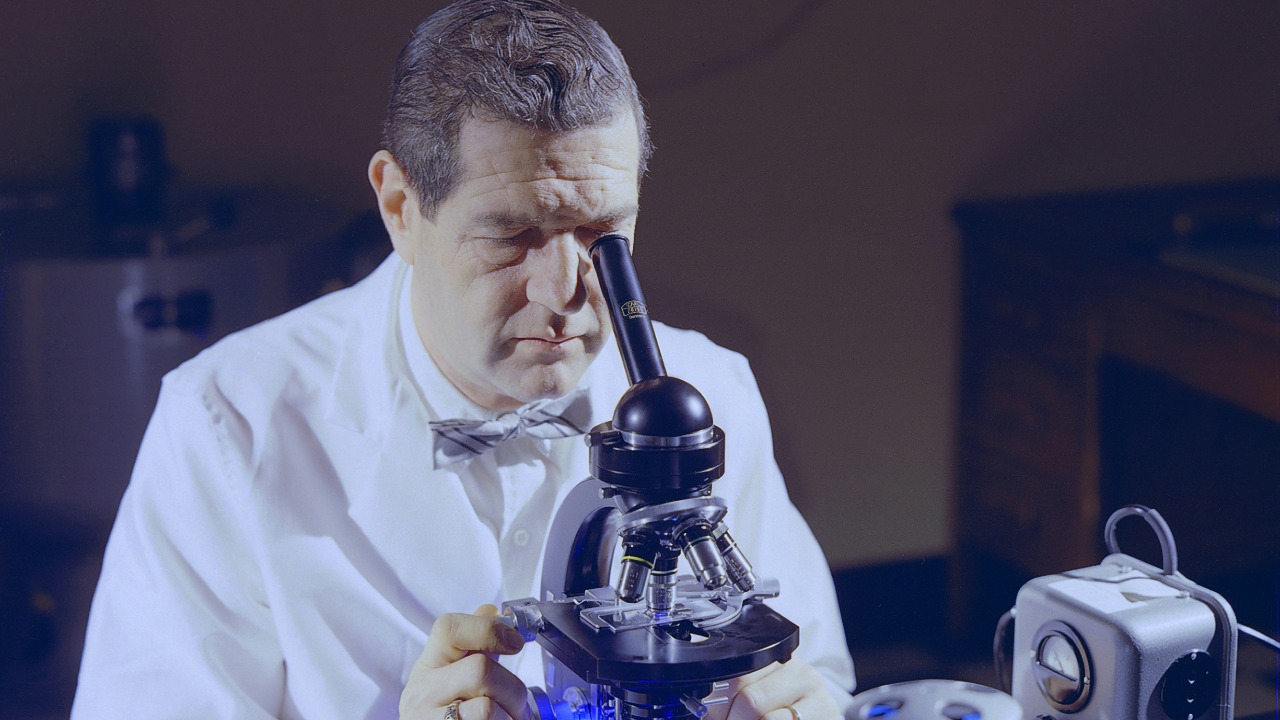
A remarkable discovery at Jamestown is the knight’s tombstone, which has captivated historians and archaeologists alike. The tombstone, believed to belong to a prominent figure from the early colony, was found in a burial site that yielded significant DNA evidence. The inscriptions on the tombstone, which have been the subject of intense study, offer glimpses into the life and status of its owner.
Analysis of the tombstone’s inscriptions and newly uncovered DNA evidence suggest intriguing connections between this individual and other settlers. This discovery not only adds depth to our understanding of Jamestown’s social hierarchy but also raises questions about the colony’s ties to European nobility.
Challenging Historical Narratives

The new DNA findings have sparked a reevaluation of long-held beliefs about the origins and relationships of Jamestown’s settlers. For years, historical narratives have painted a certain picture of the colony’s demographics, but this genetic evidence suggests a more complex story. The role of genetics in rewriting history is becoming increasingly significant as researchers use DNA to uncover hidden connections and untold stories.
By challenging established narratives, these findings encourage historians to reconsider the broader historical context of early colonial America. The implications extend beyond Jamestown, influencing how we understand the early interactions between European settlers and indigenous populations. This shift in perspective highlights the dynamic nature of historical research and the importance of integrating new scientific methods.
Legal and Ethical Considerations in DNA Research
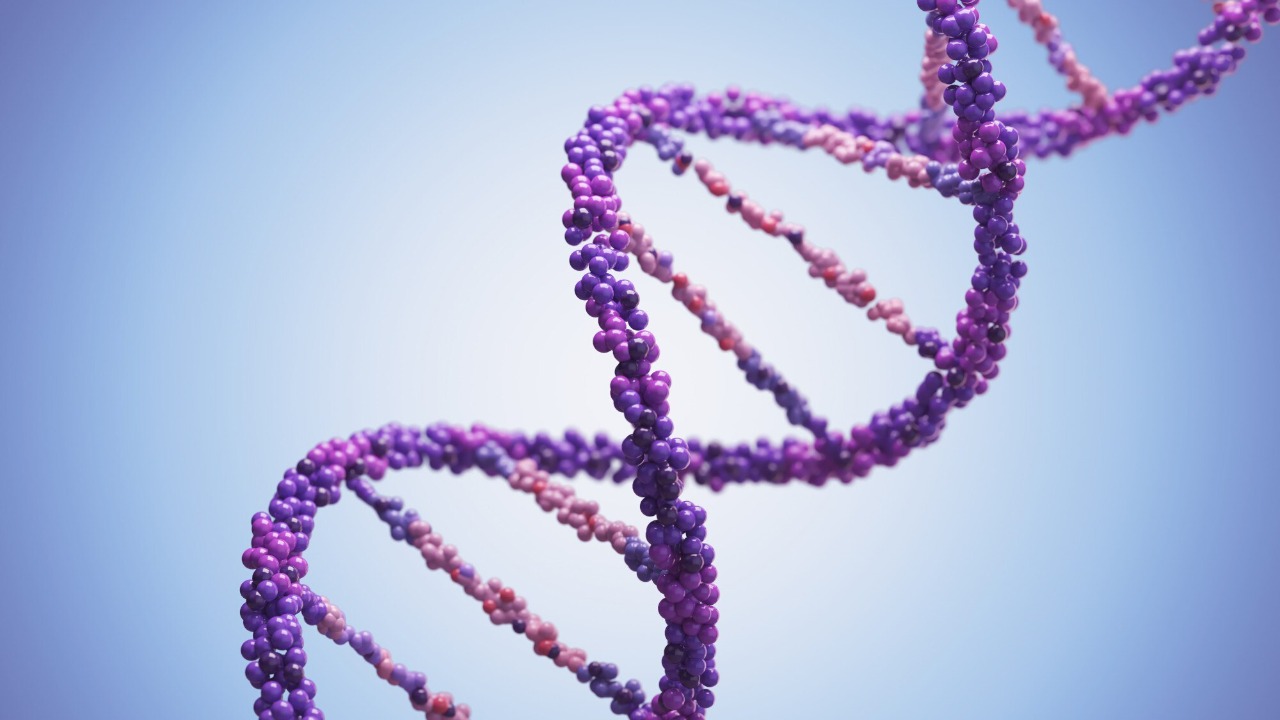
As the use of ancient DNA in research becomes more prevalent, ethical and legal considerations take center stage. The investigation into Jamestown’s remains raises questions about the morality of using DNA from historical figures. Researchers must navigate the delicate balance between scientific discovery and respecting the dignity of those from whom the DNA is extracted.
Legal precedents and controversies have emerged regarding the use of historical DNA in research and court cases. For instance, the recent resolution of a 400-year-old inheritance court case in Jamestown highlights the potential legal implications of DNA research. These issues underscore the need for thoughtful consideration of ethical guidelines as researchers continue to explore historical DNA.
Looking Ahead: The Future of Historical DNA Research
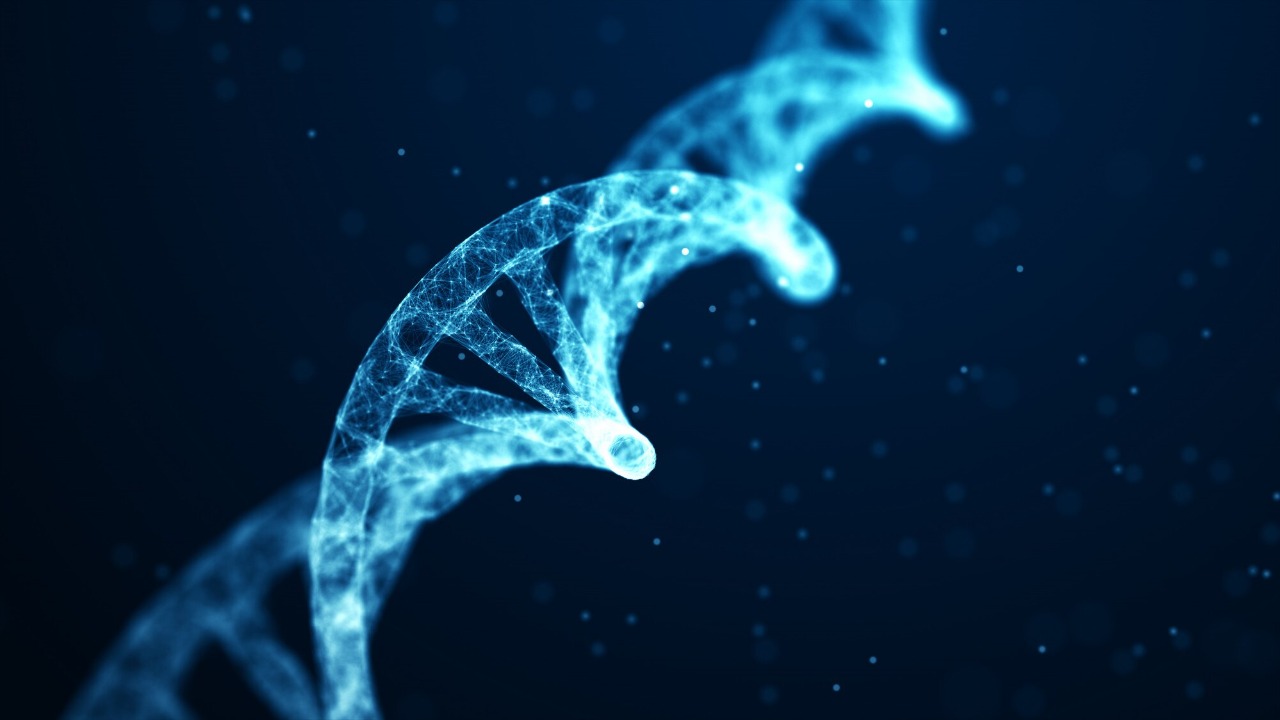
The potential for further discoveries using ancient DNA is vast, with opportunities to explore other historical sites around the world. Interdisciplinary collaboration between geneticists, historians, and archaeologists is essential in advancing our understanding of the past. Such collaborations can lead to new insights into historical events, populations, and cultural exchanges.
As these findings continue to emerge, they could significantly influence educational curricula and public interest in early American history. By integrating genetic research into historical study, educators can provide students with a more comprehensive view of history. The renewed focus on historical DNA research promises to enrich our understanding of the past and inspire future generations to explore the complex tapestry of human history.